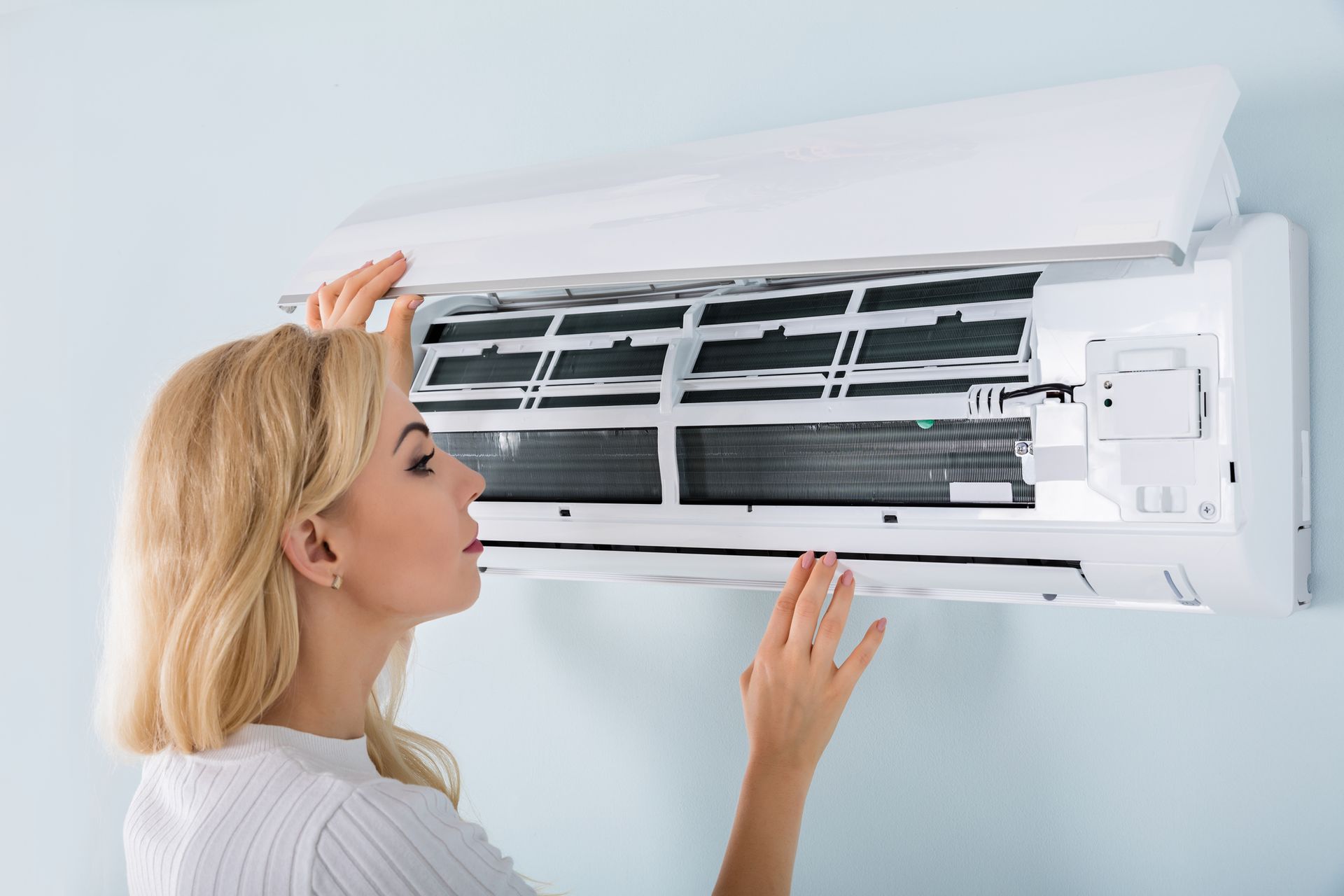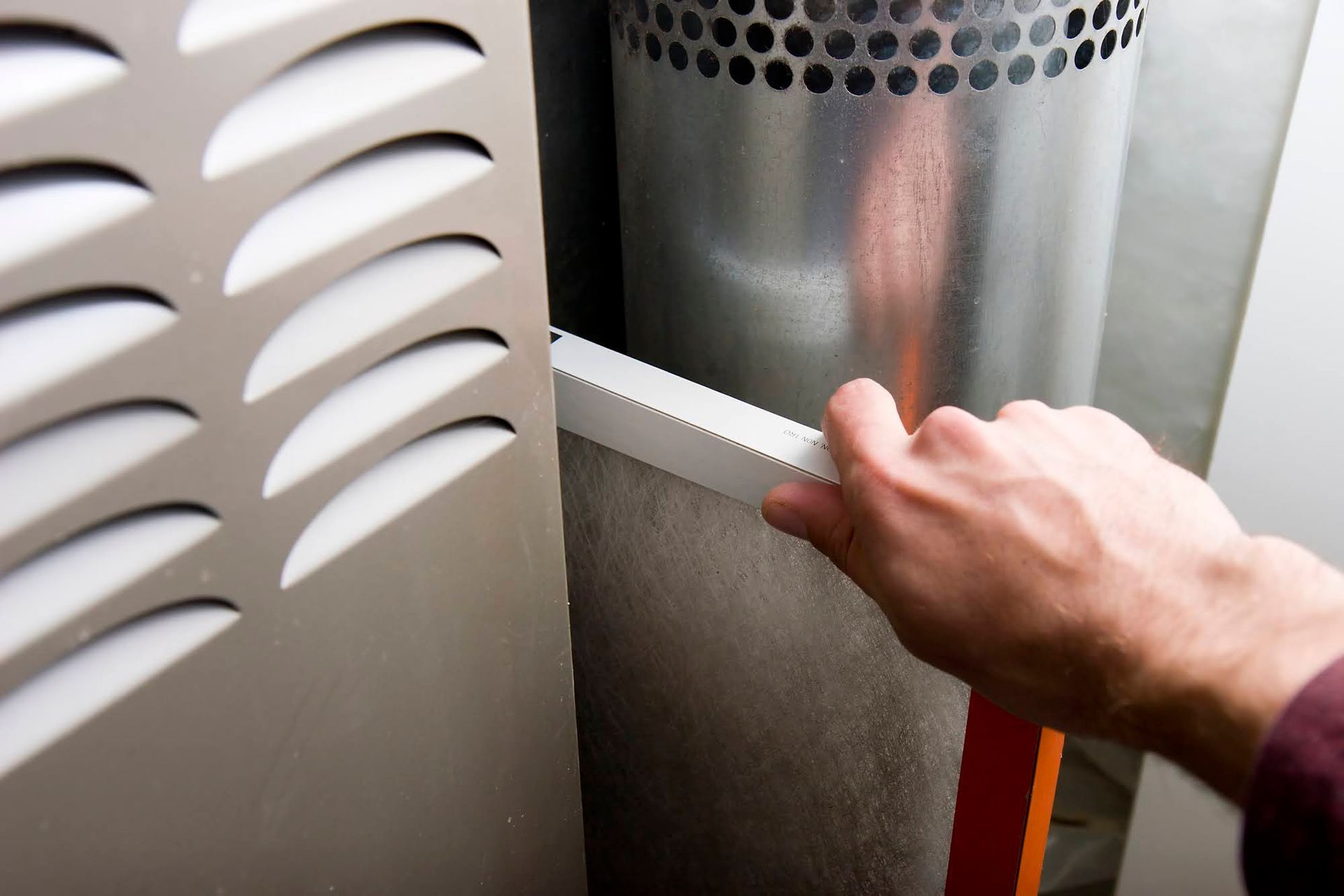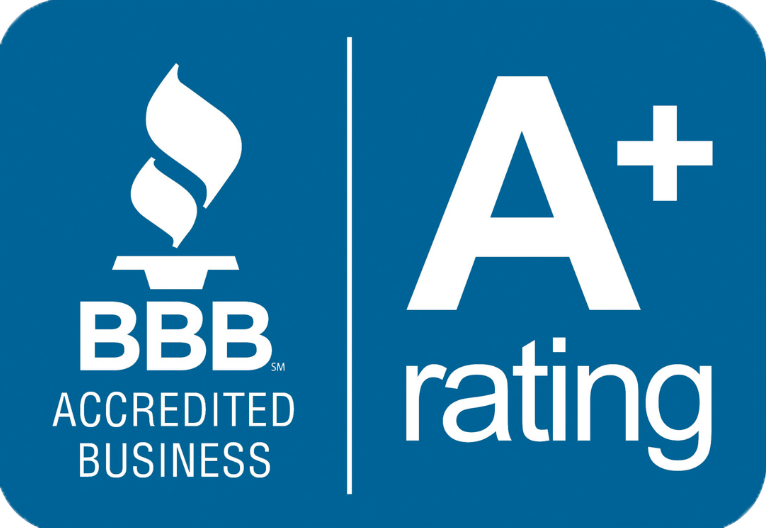Run a Business? 3 Ways to Lower Your Energy Bills This Winter
When the temperature drops outside,
it can spell trouble inside your office space — especially if you have workers
who are finicky about the indoor temperature. Fortunately, by making a few
simple changes, you might be able to keep everyone warm without driving up your
monthly energy costs. Learn three easy ways to lower your energy bills this
winter.
1. Invest in Energy-Efficient Upgrades
If your energy spending is through the roof, the problem might be tied to old, outdated equipment or poor floor, wall, and window insulation. Before the winter weather sets in, sit down with the building landlord and your management team to discuss ways to prevent heat transfer.
For starters, consider updating your HVAC equipment, especially if your furnace is older than 15 years. Studies have shown that home and business owners can save as much as 15% by replacing an older furnace with a newer version rated by Energy Star.
Additionally, check ventilation lines carefully for joinery gaps, pinhole leaks, and damage since holes could cause warm air to leak inside of wall voids, basement areas, or crawlspaces — where it won't warm your business.
If replacing your HVAC system isn't in the budget, consider other small upgrades that could prevent heat transfer, like installing insulated curtains. The U.S. Department of Energy explains that you can reduce window-related heat loss by as much as 25% by installing insulated curtains tightly around windows.
Additionally, putting down rugs can prevent heat loss through the floor area, so think about adding rugs throughout your business to keep your heated air where it belongs.
2. Lock Down Your Thermostat
Everyone is different, which is why you might feel toasty and comfortable while your coworkers are shivering at their desks. Unfortunately, this simple difference of opinion can create problems with cost control since workers might be tempted to adjust the thermostat frequently during the day.
To prevent these types of issues, consider locking down your thermostat with either a physical lock box or a few additional settings on the device itself.
Physical lock boxes can either be made from metal or clear acrylic, letting users know the current temperature and heating status without giving access to the buttons to adjust the settings. After you program the thermostat, the lockbox can be mounted to the wall around the device, controlling access to anyone with a key.
Some smart thermostats also have numerical or biometric locks, restricting temperature control to the people who set up the system in the first place. Either locking system is effective, but make sure the people you put in charge of the system are committed to keeping the temperature at the agreed upon temperature.
For instance, if you decide as a team that the indoor temperature will be at 70 degrees Fahrenheit during the work day, make sure that the person you put in charge doesn't adjust the settings to fulfill their own preferences. As a quality-control measure, compare your heating costs month to month to see how much gas or electricity you used compared to the months and years before.
3. Rearrange the Office
You might love the way you have your desks set up, but if those big, wooden desks are blocking cold air returns, your office might not be heating itself efficiently. To make sure your entire office heats and cools in the most effective way possible, walk through your space to check for air vents, registers, and the location of electronic thermostats.
Make sure desks, chairs, copy machines, and other pieces of equipment aren't blocking air vents or returns, and move items that might impede airflow. Although it might seem logical to close doors to offices or common rooms that aren't used frequently, closing vents or doors actually increases pressure in those spaces, running up energy usage while simultaneously making the space less comfortable.
Instead, focus on making sure air can flow effectively throughout your entire space. Prop open doors to common spaces like break rooms and conference areas so that the heated air can flow to the cooler parts of your office.
Mount thermostats in areas that aren't impacted by outside temperature changes like exterior doors, incoming light from windows, or the heat generated by machinery. If thermostats are mounted in areas where the ambient temperature could be skewed, the system might not switch on when it should or turn off appropriately, impacting the temperature and comfort indoors.
If you really want to keep your employees comfortable, try to identify the hot and cold spots throughout your office space, and have employees move to sit in those areas. For instance, rooms with additional air registers that tend to heat quickly might be perfect for women since they feel cold faster than men according to the University of Rochester Medical Center.
If you need a little help decoding your company's energy spending, give us a call. Here at Comfort Solutions , we are dedicated to providing the most reliable, efficient HVAC service possible, helping you to keep your home or business safe and pleasant. For a free estimate, visit us online or give us a call today.











